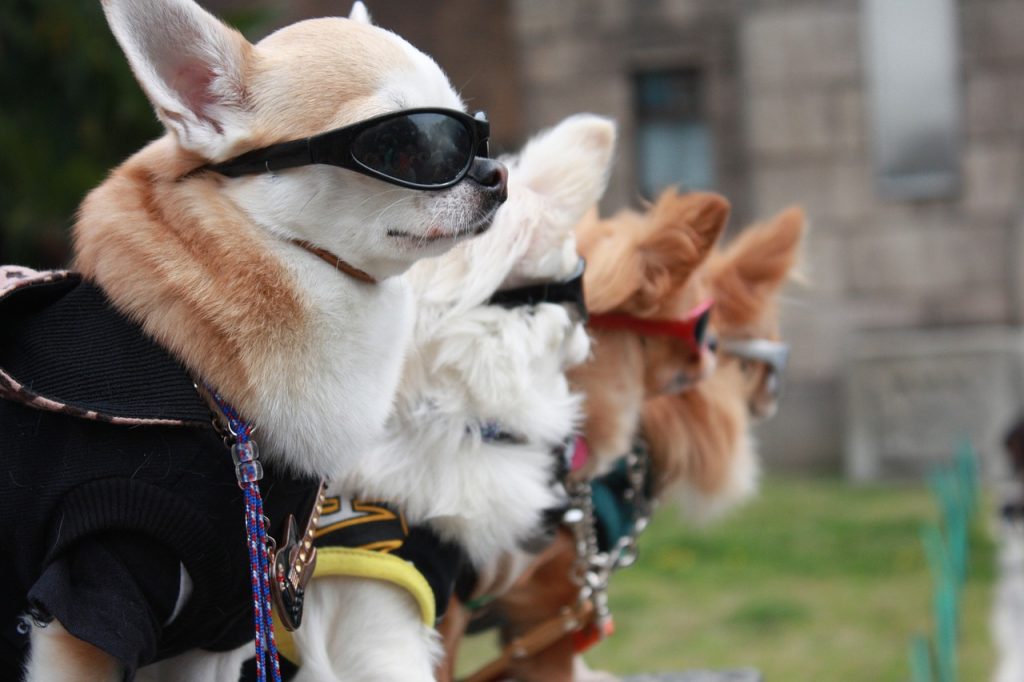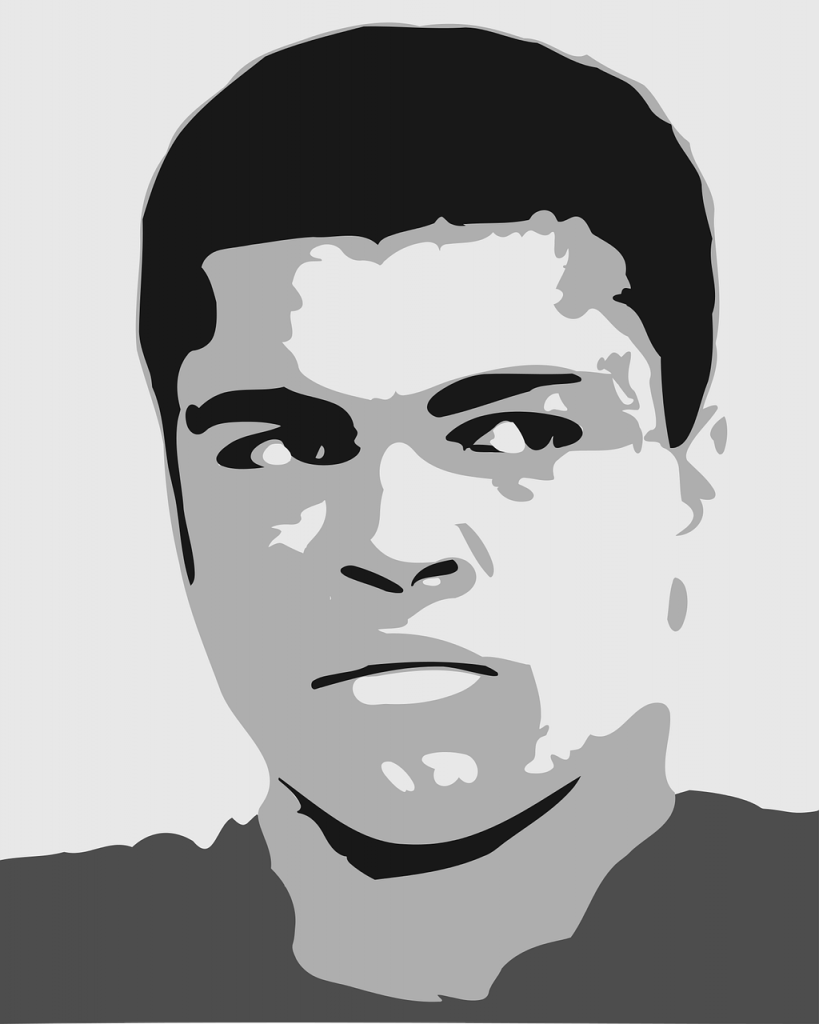
Meanwhile, we have some other challenges in the sector we have to deal with. BoardSource just released its report on board diversity, and the statistics are frustrating, disappointing, and somewhat anger-inducing (like this season’s Game of Thrones—seriously, Arya and Sansa?!) Here are a few highlights from the survey of 1378 nonprofit executives and 381 board chairs, though I highly recommend you read the full report.Continue reading →





